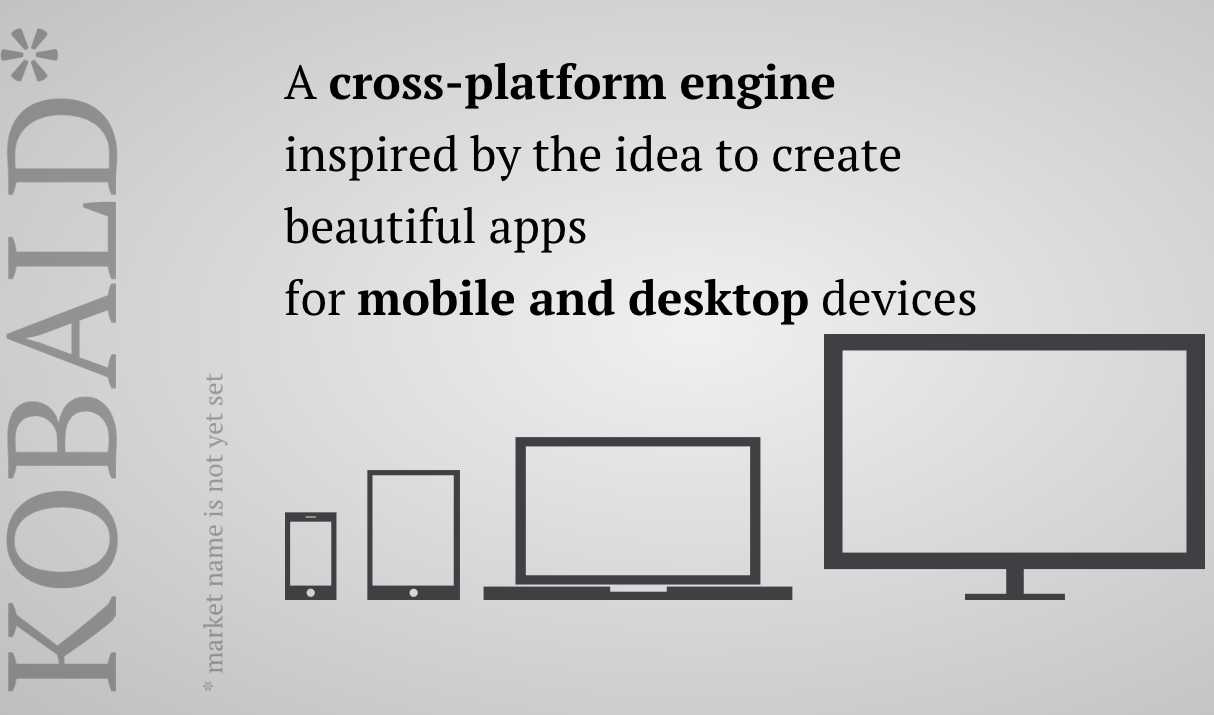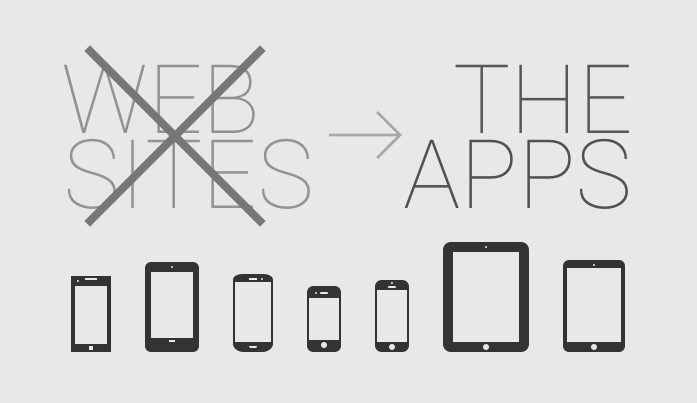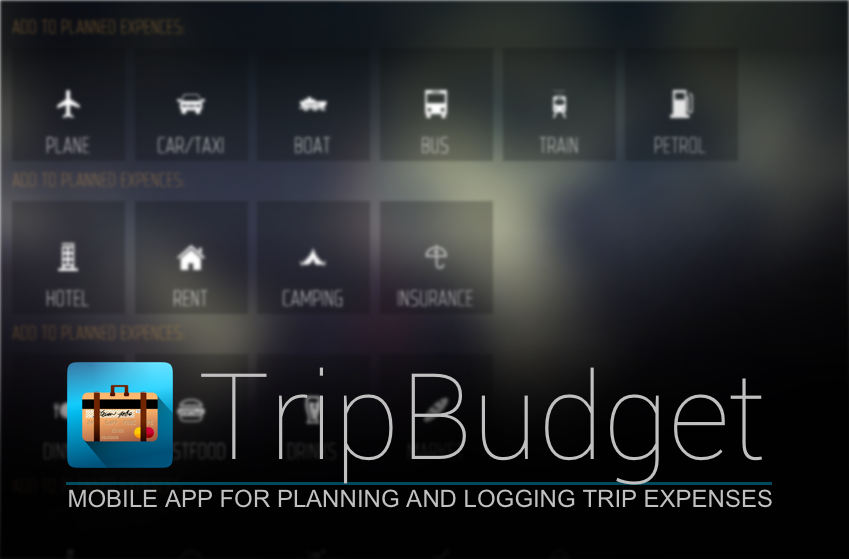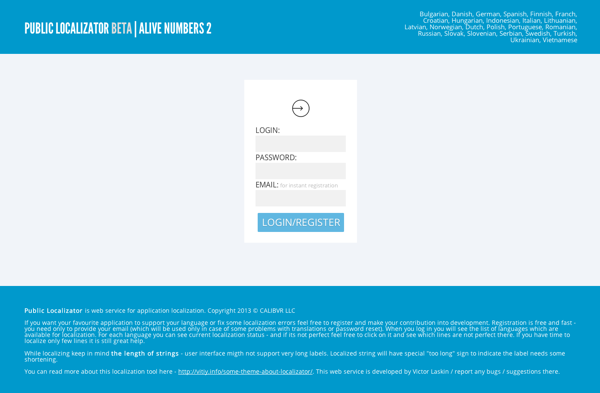After my recent modifications of android part of my cross-platform engine, it is possible to make application also run as android live background. I plan to implement the same feature as well for iOS 7, but a bit later. Here is working example (https://play.google.com/store/apps/details?id=com.calibvr.synctimer):
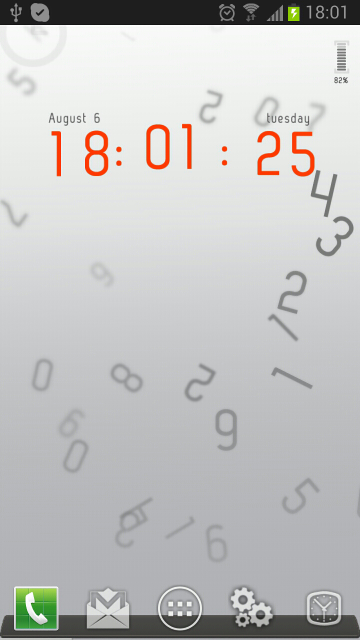
Android live wallpaper is not a general Activity application – it is special WallpaperService. And you cant implement it in pure C++ using NativeActivity. All my core is cross-platform C++ so i implemented two-way communication between C++ and JAVA. From C++ NativeActivity you can call JAVA classes through JNI and from java service you can call native (c++) methods of engine core.
The tricky part that all this communication involves a lot of different threads. Wallpaper service has its own thread, but rendering should be performed in another one. My native C++ core is launched as third thread and spawns other async threads which could call some java methods. But i got through all this nightmare using mutexed queues of events. As result i got full functionality of my engine at the background of android launcher.
When i only started working with android i wrote small live wallpaper in pure java (with no OpenGL). Wasted only couple of evenings and even lost the source code. But recently i was surprised when discovered that it has more than 100.000 downloads (https://play.google.com/store/apps/details?id=back.livenumbers). It does not even work properly on my Note 2 now.
But the point is that now i have smooth OpenGl ES 2.0 animations/effects in couple with engine functionality. Probably, i will create couple of stylish backs fused with some in-code widgets (like battery indicator, weather forecast, clock, calendar date or something else) as implementation will be relatively easy now using my engine. Any suggestions on this matter are welcome.
